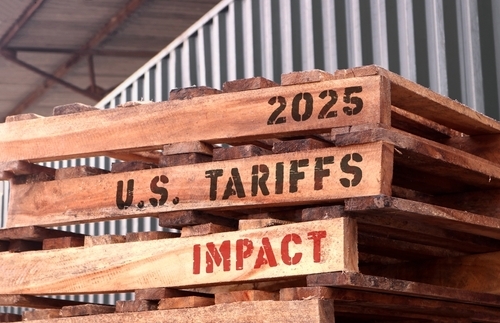Dean & Deluca soft-sells products that make dinner a creative exercise
celebrating the flavors of such delicacies as salad-ready Nicoise olives, homemade honey lavender ice cream and California Zinfandel, the e-mail newsletters from gourmet food and wine retailer Dean & DeLuca read like a “sense-sell,” striving to stimulate a reader’s salivary glands enough to entice a purchase.
The Dean & DeLuca Food Newsletter and the Dean & DeLuca Wine Newsletter are sent monthly to people who opt-in while visiting or shopping at the company’s Web site (www.deandeluca .com). Subscribers may also sign up to be notified about special offers in 15 categories including cheese, caviar and smoked fish, and coffees and teas.
Favoring a soft-sell, the newsletters lightly fold e-commerce offers into articles and recipes by peddling related kitchenware. For instance, a summer issue of the food newsletter featured articles and recipes on serving ice cream, Salade Nicoise and cold soups, with links to pertinent ingredients and supplies at the online store. A wine newsletter suggested readers try a red Zinfandel with barbecued meats, and the promoted wines could be purchased by clicking through to the corresponding Web pages.
The company launched the newsletter program a year ago, and it has grown from generic text-only bulletins to the current HTML e-mail with links. When subscribing, consumers are asked for their first and last name to allow for personalization, plus ZIP code and e-mail address. Additional fields – geographic area, gender and areas of interest – would give the company the ability to personalize the newsletters further, but it hasn’t taken advantage of this segmentation yet. Nor does it rely on a customer’s purchase history to better target subsequent offers.
“We are concentrating on featuring our Newest Discoveries and Seasonal Features categories, and on building an effective infrastructure before we extend our program to utilize some of the more targeted information,” explains Tonia Taylor, Dean & Deluca’s producer of e-commerce.
Ideally, the newsletters aim to increase the company’s overall sales and the average value of each order placed. But, Taylor points out, the newsletters are also a tool to strengthen customers’ awareness of the Dean & DeLuca milieu, to educate and to “create a culinary journey” for customers.
Some of the products are made in very small runs, or handmade on family farms or in artist’s studios. “Our articles and recipes strive to illuminate the details of these goods, to help communicate the distinctions and nuances,” she says.
For instance, one issue of the wine newsletter tells readers that Zinfandel vine cuttings first arrived in California during the Gold Rush of 1849, carried by European prospectors who “valued good eating and drinking as much as buried treasure.” The newsletter continues, “Some of those early Zinfandel vines survive today, their gnarly, old forms still yielding small amounts of exceptionally concentrated grapes, filled with jammy blackberry, strawberry and even chocolate-like flavors.”
Taylor remarks, “By employing evocative language and striving to create a veritable feast of information, we hope to entice our customers’ own sense of wonder about our products, rather than rely on impulse purchases and the hard-sell.”
Try this for evocative: “The smoky sweet aromas” of barbecue setting off a “primal urge to consume great chunks of savory meats, often doused liberally with powerful sauces and herbs.”
Such language is understandable for customers who prefer and can afford “culinary excellence” and view dinner as a “creative exercise,” Taylor points out.
With a flagship store in the SoHo section of New York, Dean & DeLuca operates half a dozen gourmet food stores plus cafes and espresso bars in select U.S. cities. The company also supports a growing print catalog business – with five seasonal catalogs a year including a holiday edition – reaching as many as 14 million people per mailing.
The newsletters complement the print catalogs by featuring seasonal products, such as ice cream sundae ingredients and supplies in the summer. But there’s very little additional integration between channels. Indeed, since the e-mail is sent more frequently than the print catalogs (every month versus every two or three months) the newsletters can feature the newest items in a more timely manner. The Web site is also able to offer a broader selection of products.
The clickthrough rate to the Web site is consistently between 18% and 24%. That’s up from about 3% in late 1999, thanks to a redesign, the use of HTML, better targeting and more consistent transmissions.
Though Dean & DeLuca won’t release the number of newsletters subscribers or percentage who convert to buyers, Taylor characterizes the e-mail program as “a tremendous success, both in terms of our own goals and with relationship to industry standards.”
To further increase the program’s reach, one feature soon to be added to the newsletters is a viral marketing mechanism. In a recent test, Dean & DeLuca experimented with encouraging subscribers to forward the newsletter to a friend. Of those e-mails that were forwarded, 70% opted-in for the newsletter. As a result of the test’s success, notes Taylor, viral will soon be added to the newsletters as a permanent feature.
 Network
Network

